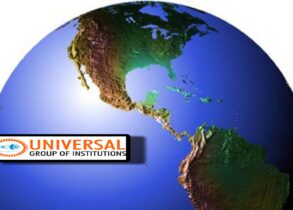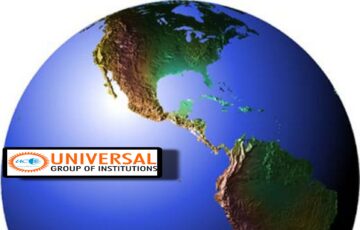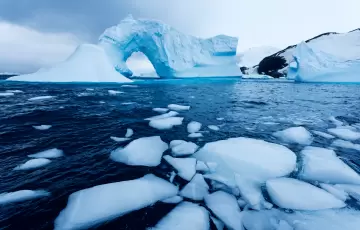What are polymetallic nodules? Highlight their geographical distribution and state their significance.
Answer:
- Briefly explain Poly-Metallic Nodules (PMN) in the introduction.
- Mention their geographical distribution across the globe.
- Briefly discuss their significance.
- Conclude accordingly.
Answer:
Poly-Metallic Nodules (PMN), also called manganese nodules, are rock concretions formed of concentric layers of iron and manganese hydroxides around a core. The core may be microscopically small and is sometimes completely transformed into manganese minerals by crystallization. The enormous tonnage of nodules on the seabed, and the immense quantities of critical metals that they contain, have made them a target for future mining operations.
Geographical distribution of Poly-Metallic Nodules:
The polymetallic nodules carpet practically 70% of the deep sea floor. The nodules have been found in all the oceans and even in lakes. However, nodules of economic interest are more localized. They are found in significant abundances in four regions of the ocean:
Clarion – Clipperton Zone (CCZ): With an area of around 9 million square kilometres, this is the world‘s largest manganese nodule region. The CCZ is located in the Pacific, extending from the west coast of Mexico to Hawaii. On an average, one square metre in the Clarion-Clipperton Zone contains around 15 kilograms of manganese nodules.
The total mass of manganese nodules here is calculated to be around 21 billion tonnes.
- Peru Basin: The Peru Basin lies about 3000 kilometres off the Peruvian coast. It is about half as large as the Clarion-Clipperton Zone. The region contains an average of 10 kilograms of manganese nodules per square metre.
- Penrhyn Basin: The third most important manganese nodule area in the Pacific is located in the Penrhyn Basin very near the Cook Islands, a few thousand kilometres east of Australia. It has an area of around 750,000 square kilometres. Large areas in the Cook Islands coastal waters have concentrations of over 25 kilograms of manganese nodules per square metre of sea floor.
- Indian Ocean: So far only a single large area of manganese nodules has been discovered here, with an area comparable to that of the Penrhyn Basin. It is located in the central Indian Ocean. Each square metre of the sea floor here contains around 5 kilograms of manganese nodules.
Significance of Poly-Metallic Nodules
- Mining of polymetallic nodules has been spurred by the need for critical metals to support growing populations, urbanization, high-technology applications and the development of a green-energy economy.
o The mineral constituents of nodules like manganese, nickel, cobalt, copper and iron hydroxide can be extracted and used in electronic devices, smartphones, batteries and even for solar panels. For instance, polymetallic nodules are a potential alternative source of Cobalt required for the production of batteries.
- Polymetallic nodules, alongside iron-manganese crusts and deep-sea muds are all potential future marine sources of rare earth elements. For instance, the Clarion-Clipperton Zone, and the prime Fe-Mn crust zone (PCZ) in the central Pacific, contain around 10% of the estimated global terrestrial reserve base. These rare earth elements and metals are important to technology and electronic industries.
India was the first country to receive the status of a ‘Pioneer Investor’ in 1987 and was given an
area of about 1.5 lakh sq km in the Central Indian Ocean Basin (CIOB) for nodule exploration. Given the economic significance of PMN, India has also launched “Deep Ocean Mission” in 2019 to explore and extract polymetallic nodules.







